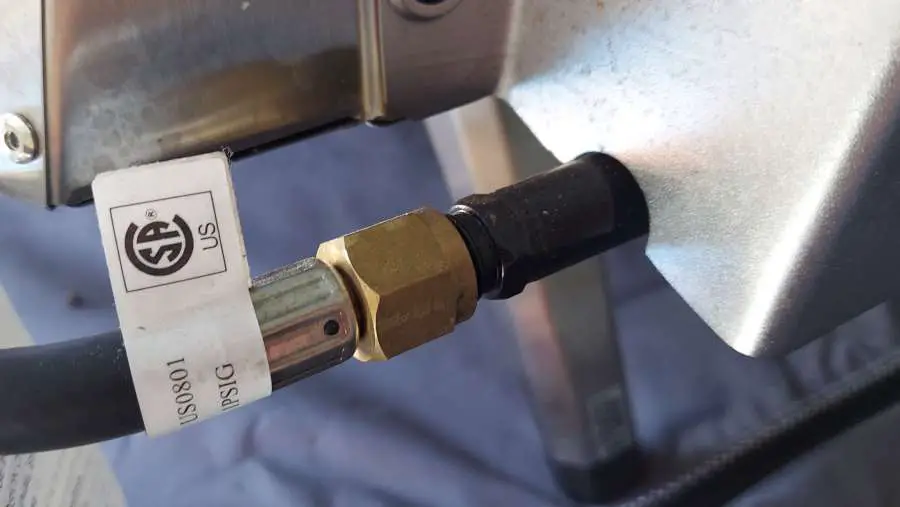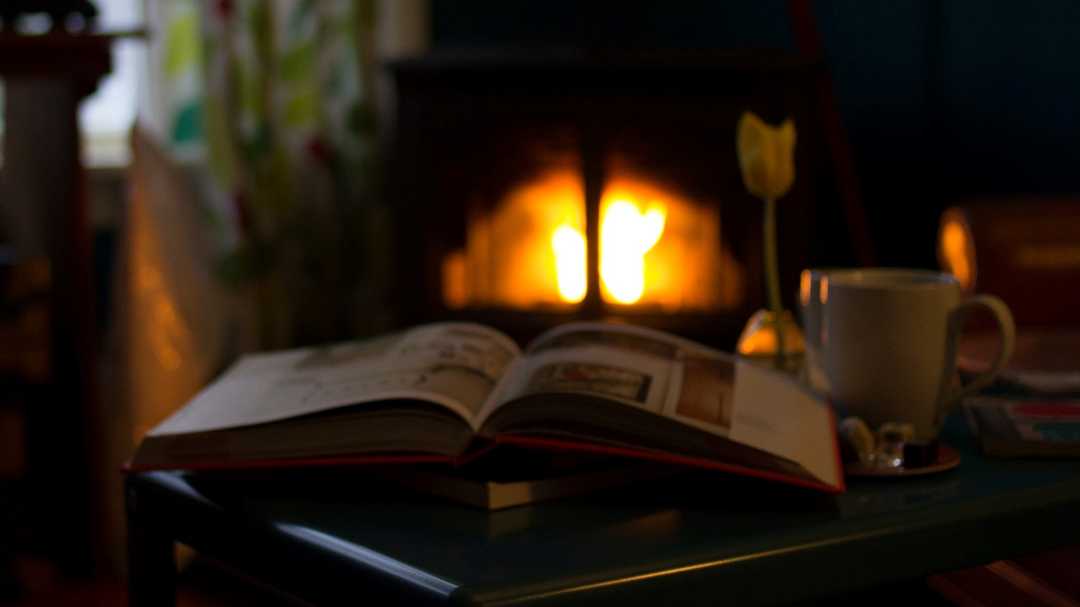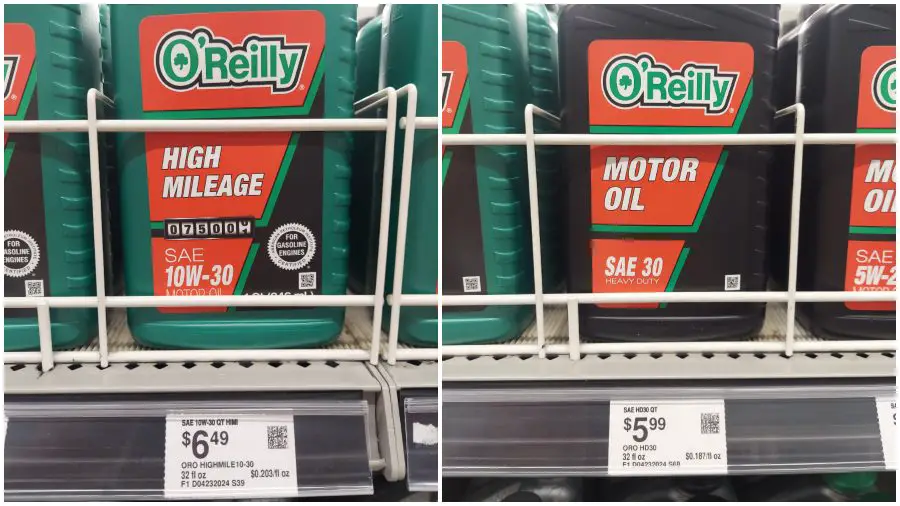Last Updated on May 23, 2024 by Dan Campbell
Solar-powered lights are a great lighting solution for your home, garden, or remote locations. They do not require a wired connection to a power source and have a long lifetime. Solar-powered lights do not require direct sunlight, and can work when located in partial shade, or even without direct sunlight. Solar-powered lights are a cost-effective and environmentally friendly alternative to traditional electric lights that come in many different types.
It’s important to know if solar-powered lights will work for your situation as they may not always be the best option. I’ve seen a lot of people ask about using solar-powered lights, or have doubts if they can use them since they would want to place them in a location that does not get direct sunlight. I’ve talked about using solar-powered lights over low-voltage lights with friends before, but figured if it’s a question I’ve answered more than once before, it’s worth writing about!
Solar-Powered Lights Work in Multiple Lighting Conditions
Whether you’re in rainy Oregon or sunny California, solar-powered lights can provide easy lighting in a multitude of scenarios. Solar-powered lights work well in multiple lighting conditions because they use photovoltaic cells, also known as solar cells, to convert the sun’s energy into electricity. These cells are able to function in a variety of lighting conditions including low light and even overcast or cloudy days. This is because they are able to capture more than just visible light including infrared and ultraviolet. This allows them to generate electricity even when the sun isn’t directly shining on them. This is similar to how you can get sunburnt even in overcast conditions.
In addition, most solar-powered lights have built-in sensors that adjust how bright they are to match the current lighting conditions. By producing more light in dark conditions and less light during brighter conditions, they are able to preserve more energy allowing them to work when they are not able to receive direct sunlight.
Do Solar Powered Lights Need Direct Sunlight?
While direct sunlight is best for solar-powered lights, they do not require direct sunlight to generate electricity and can function even when they are in indirect sunlight or shade. This is because their solar panels are able to convert the energy from the sun into electricity, regardless of whether there is direct or indirect sunlight. Indirect sunlight is light that has been scattered by clouds or other objects before reaching a solar panel. This scattered light can still be converted into electricity by a solar panel, it’ll just take longer to charge the battery. Some forms of artificial light, such as LED’s and lightbulbs are even capable of powering solar panels. However, the logistics of charging a solar-powered light with artificial light would essentially negate the need for a solar-powered light.
And similar to how most lights have a sensor to brighten/dim the amount of light, they also have sensors to automatically turn on automatically at night and turn off in the morning. This means that even if the lights are not in direct sunlight during the day, they will still be able to function at night as long as they have received some sunlight during the day.
Another factor that allows solar-powered lights to work even when they’re not in direct sunlight is the battery. The solar panels on the lights charge the battery during the day, and stored energy in the battery powers them at night. This means that even if they don’t receive direct sunlight for a few days, stored energy in the battery will still power them at night. (this will depend on the size of the battery and the life of the battery, and how well charged it is)
Solar Power Efficiency in Shade VS Direct
Generally, speaking, solar panels are around 25-40% less efficient when charging in the shade than they are in direct sunlight. This means that if a solar panel generates 100 watts of electricity in direct sunlight, it may only generate 60-75 watts of electricity in the shade.
Furthermore, the effect that shading has on solar panels may vary depending on how much shade is the panel is in. Light shading, such as when a solar panel is shaded by a thin cloud or light fog, may only reduce the panel’s efficiency by a small amount; however, heavy shading, such as when a solar panel is shaded by a large tree or other type of tall structure, can reduce its efficiency by much more.
The type of solar panel on the light will also affect the efficiency, for example a monocrystalline solar panel will produce more power than an amorphous solar panel in the same lighting conditions. So if you plan on having a light in a shaded location, you may want to find a light with a higher quality solar panel so that it produces more power with little light.
What types of solar-powered lights are there?
There is a good chance that for whatever scenario you need to install a light, you’ll be able to find a solar-powered version that will work for you. Solar-powered lights come in a number of various uses, some are more decorative while others are more robust and weatherproof. A few of the most common types of solar-powered lights on the market are:
Landscape lights: These are designed for use in gardens, yards, and other outdoor areas. They come in a variety of styles such as spotlights, pathway lights, and deck lights, and can illuminate landscaping features such as gardens and decks. I personally love my patio string lights that we have hanging over our back patio, which we have set to automatically turn on at sunset and turn off around midnight.
Security lights: These are usually floodlights, spotlights, and cameras. Some come with more durable housing and brighter lights than a landscaping light would have. Some will include motion detectors to turn on automatically when activated, which can be great even for non-security uses such as in dark areas around your house like near your garbage cans. I personally don’t recommend getting solar-powered security lights, but if it’s the only option it’s better than nothing.
Indoor lights: These can be used as a primary or supplementary lighting source for illuminating rooms, hallways, and other indoor areas. They come in various designs and styles, such as table lamps, floor lamps and ceiling lights.
Portable lights: These are designed to be portable and come in various designs and styles such as lanterns, flashlights, camping lights etc. They are ideal for camping, hiking, emergency situations, and other outdoor activities where electricity is not available. Solar-powered lanterns are great when camping – you can leave them out all day and then at night you can bring them in your tent and they’ll last all night.
How long can they produce light?
A solar-powered light typically uses a rechargeable battery, which stores the energy generated by the solar panel during the day. The capacity of the battery is measured in milliampere-hours (mAh). The more capacity a battery has, the longer it will last at night. So depending on the size of the battery, will determine how long the life of the light will last. It will also depend on how many watts the light uses when turned on.
Generally, most solar-powered lights will last an average of 8 hours when fully charged. And if the model includes sensors, such as auto on/off or light dimmers based on ambient light, you can expect extended durations of use. Some lights will also utilize different types of panels, such as monocrystalline panels which will be able to produce more power than an amorphous panel of the same size and in the same lighting condition.
What is the lifespan of a solar-powered light?
The lifespan of a solar-powered light depends on several factors, including the quality of the materials used in building it, how often it is used, if it’s placed in a high-traffic area, and how often the battery is charging/discharging.
A solar-powered light typically has a solar panel, a rechargeable battery, and LED lights. The solar panel converts sunlight into electricity to charge the battery during the day, and the LED lights use the stored energy to produce light at night. The lifespan of the LED lights is usually the longest-lasting component, lasting from 25,000 to 50,000 hours.
On average, a solar-powered driveway light can last between 2-5 years. However, the battery will eventually need to be replaced as it ages and loses its capacity if your model has that option. If you’re using solar-powered lights where the panel is able to be located further away, it might be more worthwhile to purchase regular lights that can plug into a portable solar panel. This way if the solar panel fails or the battery needs to be replaced, you can simply replace those components instead of the entire item.
What I recommend
Depending on how you plan to use a solar-powered light, I have a few different recommendations. But from personal experience, the main solar-powered lights you’ll be looking at are pathway lights, such as ones that you would use on a driveway or walking path. Regardless of which solar light you go with, make sure to choose one that is made with high-quality parts and can withstand all weather conditions. There is no reason to spend the money on a cheaply made solar-powered light that will break the first time it rains. I also only recommend solar-powered lights if you do not need very bright lights, or are unable to use low-voltage lights on a circuit as they will always overperform solar-powered lights.
The best general-purpose solar-powered lights I’ve purchased are these Mini 50x spotlights. They’re pretty durable and give off a good amount of light, I think they’re perfect for simple ambient lighting against some plants or pointing at your home. They’re rated for 60-100 lumens which is equivalent to a standard flashlight. Since these are spotlights, they produce light in a centralized cone which is great for illuminating in specific directions, but do not do well with illuminating large areas or foot paths. They’re also great because the solar panel is attached by a 16ft cord, allowing you to move the solar panel without having to move the lights, and also allowing you to find the best location for the solar panel. The two lights are also connected by a 16ft cord, giving you plenty of space between the two. The stakes are also detachable and made of metal, so if they get knocked over or hit they’re less likely to break.
If you’re looking for something more suitable for your driveway or walkways, Bobcat Solar makes some great 300 lumen pathway lights. They produce enough light to illuminate your walkway and will serve well for driveways/walkways, but don’t expect them to illuminate your entire yard. Unlike the Mini 50x spotlights, these produce a large area of light, which makes them great for around your yard or along a walking path where you need to see the ground. In general, most of these multi-pack lights for decorative lights along driveways or pathways are pretty low quality, so these ones definitely stand out with their higher-quality housing and large stakes. My only complaint with them is they’re made from plastic, I always prefer metal stakes and housing, but for the price, they’re the best option.
And if you’re looking for a recommendation for a solar-powered floodlight or security light, I have one recommendation: don’t go solar. I wish I had a recommendation but solar-powered security lights are unfortunately usually not worth it. They’re typically much too dim, and if you’re buying them for security, you need to be able to rely on them working 100% of the time. If you live somewhere where it snows a lot, or it may be overcast for multiple days, the last thing you want is lights that may or may not work simply because they did not get enough sunlight to charge. Just go with standard wired lights and save yourself the hassle.
I hope I’ve answered any and all questions you might have about solar-powered lights and how much sunlight they need, and please feel free to reach out if you have any questions or comments.
Have a good day and God bless!




